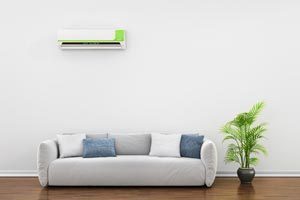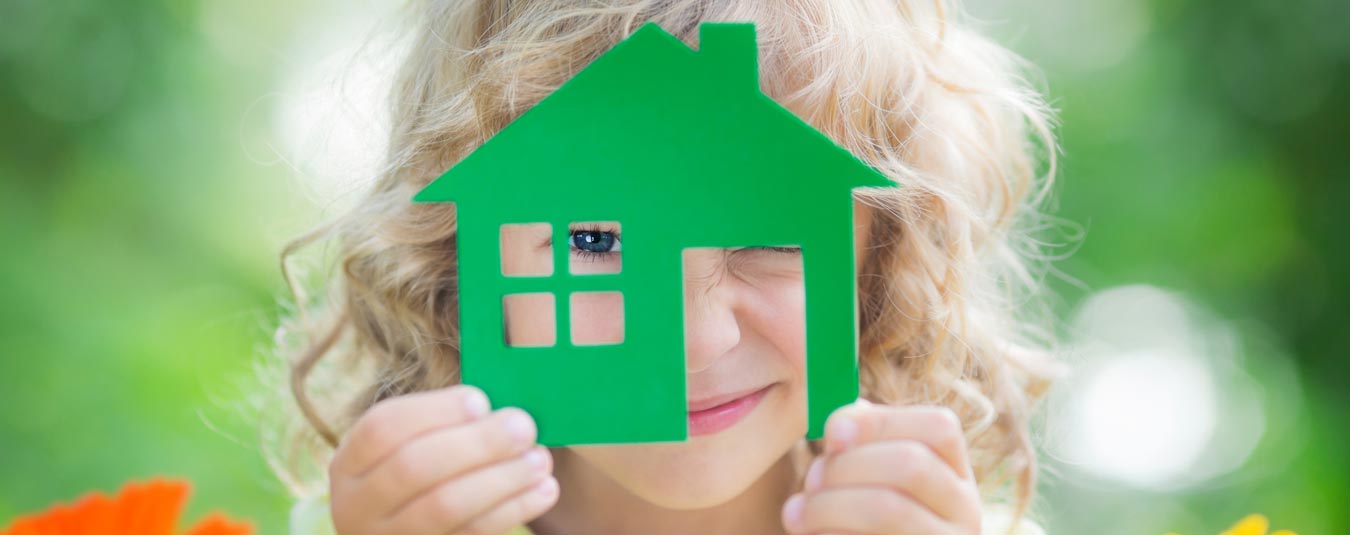More Australians are looking to minimise both environmental impact and financial outlay by outfitting their houses with sustainable, green home design elements.
Green architecture, or green home design, is an approach to building that minimises harmful effects on human health and the environment. It is a way to safeguard air, water, and earth by choosing eco-friendly building materials and construction practices.
Nowadays, it’s not just about adding solar panels on your roof and calling your home sustainable.
Here are three other ways you can add green home design elements to your home:
 GREEN HOME DESIGN ELEMENTS: Start with the Construction Materials
GREEN HOME DESIGN ELEMENTS: Start with the Construction Materials
Before you can build an eco-friendly home, you have to start with choosing the right materials for it. There are plenty of sustainable building materials in the market, but some of the most commonly used are reclaimed wood, cork and sustainable concrete.
Reclaimed wood are taken from old buildings that are about to be demolished and then re-finished into fabulous new floors. You can recycle old wood and save a ton of trees at the same time.
Cork is another great tool to use in designing sustainable homes. It can make for a good insulation material and while also cutting down noise from outside because of its acoustic dampening feature.
Sustainable concrete is also a smart material to use in green building because regular concrete is responsible for a staggering 7-10% of global CO2 emissions. The sustainable kind, however, uses recycled materials in the mix, such as crushed glass, wood chips or slag. By simply using a material that would have otherwise gone to waste, the CO2 emissions associated with concrete are reduced.
 GREEN HOME DESIGN ELEMENTS: Take Into Account Energy Efficiency
GREEN HOME DESIGN ELEMENTS: Take Into Account Energy Efficiency
There are two ways you can increase energy efficiency by adding green home design elements in a home. One, in general, you conserve energy on a larger scale when you use sustainable materials whose manufacturing results in less waste products that fill the world’s landfills.
Secondly, you can increase your energy efficiency by using materials that are more efficient, such as low-flow toilets, green insulating materials that result in a better insulated home, on-demand water heaters, and programmable thermostats.
Getting these energy efficient building materials can come at a price, but in the long run, you actually save more money because you consume less energy.
 GREEN HOME DESIGN ELEMENTS: Improve Air Quality
GREEN HOME DESIGN ELEMENTS: Improve Air Quality
Poor indoor air quality can pose health and comfort issues that are directly linked to decreased productivity, increased absenteeism and increased health care claims.
The great thing about sustainable building materials is that they emit few, if any, toxins such as carcinogens, VOC’s (Volatile Organic Compounds), and mould spores that can affect your health.
When choosing green home design elements for your home, take note of those materials that can improve air quality—such as natural wool carpeting, air systems that bring refreshing outdoor air indoors, insulation that prohibits mould growth, and laminates that don’t use toxic glues.
Many of us are realising the importance of reducing the negative impact that we have on the world around us. We can all contribute by using sustainable materials and great green building practices.
There are many ways we can include green building elements in home design – it can be large or small things, but what’s important is that in total they make a big positive change in the world.

